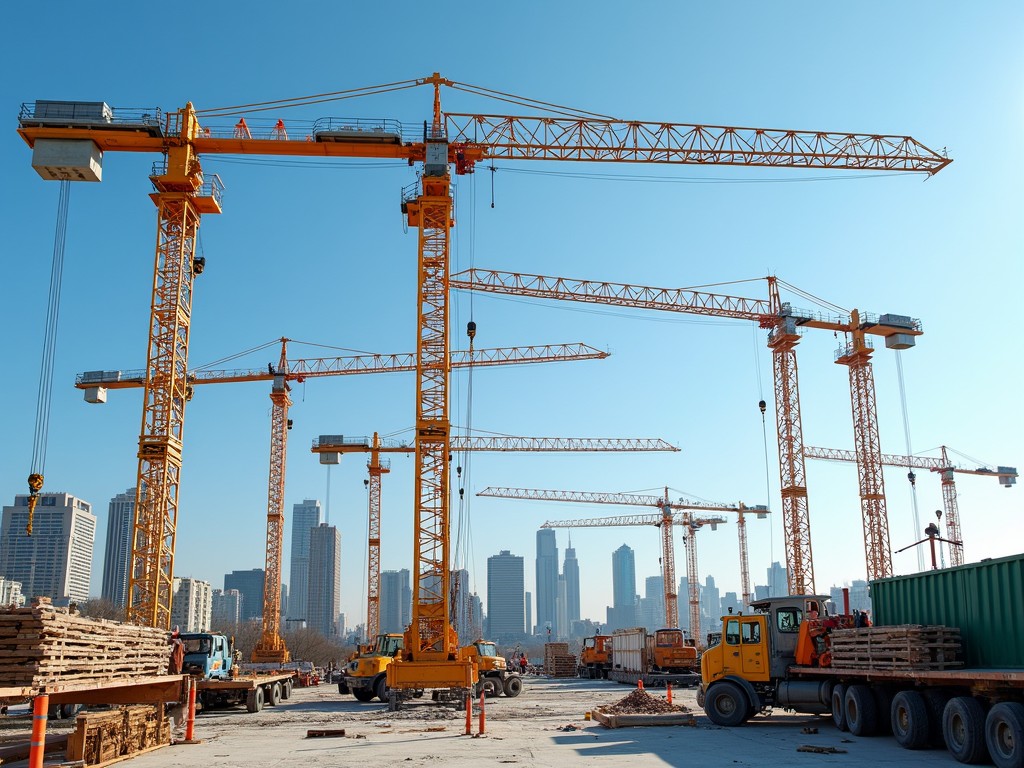Structural Loading Standards in Construction
In construction, understanding structural loading standards and regulations is critical for safety and sustainability. This guide explores the core aspects of these standards, how they affect construction, and practical insights from our experiences in the field.

What are Structural Loads?
Structural loads are forces, deformations, or accelerations applied to a structure or its components. Understanding these loads is vital to ensuring a building's durability and safety.
Types of Structural Loads
- Dead Loads: These are permanent or stationary loads, such as the weight of the structure itself.
- Live Loads: Temporary or moveable loads, like people or furniture.
- Environmental Loads: Includes wind, seismic, and snow loads.
To ensure a building can withstand all these forces, architects and engineers follow specific standards and regulations.

The Importance of Structural Loading Standards
These standards, like the International Building Code (IBC) or Eurocode, provide guidelines to help builders calculate the loads buildings must endure. They cover various elements, from load combinations to safety factors, ensuring that structures are both safe and efficient.
Personal Insights
Having worked on multiple projects, following these standards has always provided a reliable framework, reducing unexpected issues and facilitating a smoother workflow. For instance, during a hospital project, adhering to these regulations helped us maintain safety and compliance amidst complex load requirements.

Practical Application: Footing Calculation
Footing calculations are essential when discussing structural loading, ensuring that a building's foundation can support the loads imposed on it. Here’s a simple table to demonstrate steps involved in these calculations:
| Step | Description |
|---|---|
| Load Assessment | Determine the total load on the footing |
| Soil Analysis | Evaluate the bearing capacity of the soil |
| Footing Design | Design the footprint to spread the load evenly |
Using accurate footing calculations prevents potential settlement or instability, ensuring longevity and structural integrity.

Structural Regulations Across Different Regions
Regulations can vary significantly by region, affecting how structural loads are calculated and managed. In the U.S., the IBC provides comprehensive guidelines, while the Eurocode serves a similar purpose across Europe.
In my experience, understanding these regional differences is crucial, especially when working on international projects. For instance, during a collaborative project in both the U.S. and the EU, navigating these differences was essential for developing compatible design strategies.

Tips for Navigating Structural Loading Standards
- Stay Updated: Regulations can change. Regularly review updates from regulatory bodies.
- Use Technology: Leverage software tools for precise calculations and compliance checks.
- Consult with Experts: Collaborate with structural engineers for their expertise.
These steps alleviate common challenges in managing structural load requirements and ensure adherence to all necessary standards.

Conclusion
Understanding and following structural loading standards and regulations in construction are fundamental for any successful project. They ensure safety, compliance, and efficiency, ultimately contributing to the sustainability of infrastructures.
Stay informed, use modern tools, and collaboratively work with experts to master these regulations. Adapting to local standards and incorporating thorough footing calculations will help any construction project succeed beyond expectations.





